South Africa Mining Act
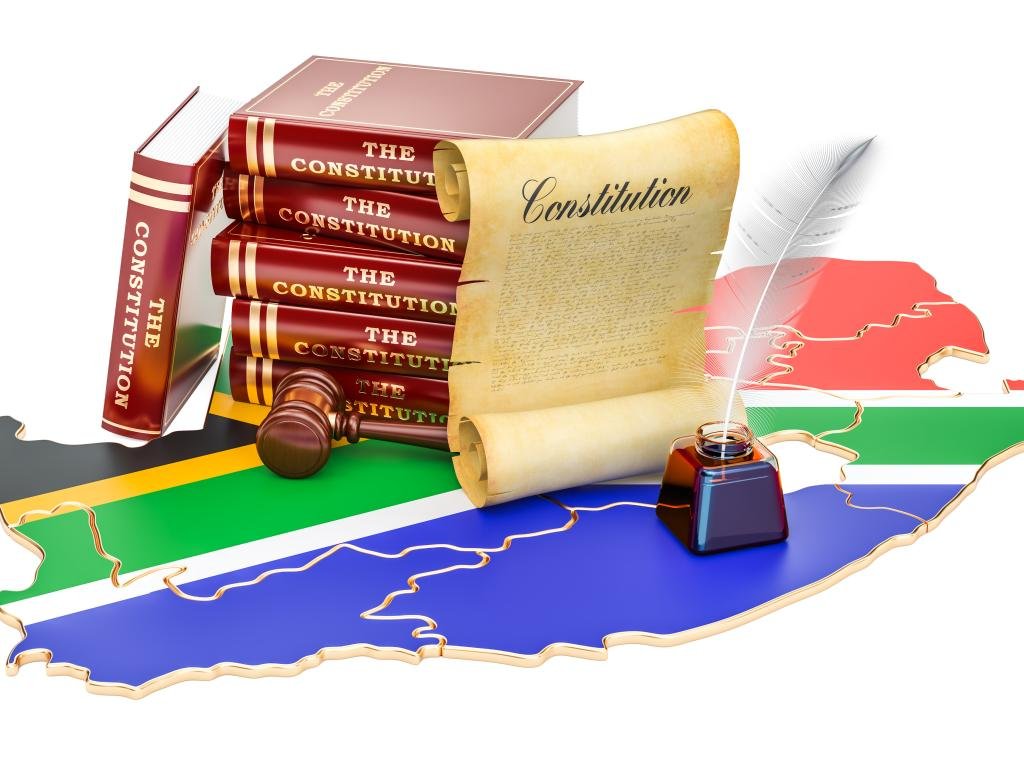
The primary legislation governing mining in South Africa is the Mineral and Petroleum Resources Development Act (MPRDA), No. 28 of 2002. This act replaced the old mining laws based on freehold rights and established a new framework to ensure that the country’s mineral wealth benefits all South Africans.
It is often referred to as the South Africa Mining Act, though its official name is the MPRDA.
1. Purpose of the Mining Act (MPRDA)
The MPRDA was enacted to:
- Nationalize ownership of mineral and petroleum resources
- Promote equitable access to mineral wealth
- Encourage investment in the mining sector
- Advance social and economic transformation
- Ensure environmental protection and sustainable development
Under the act, all mineral rights are held by the state on behalf of the people of South Africa.
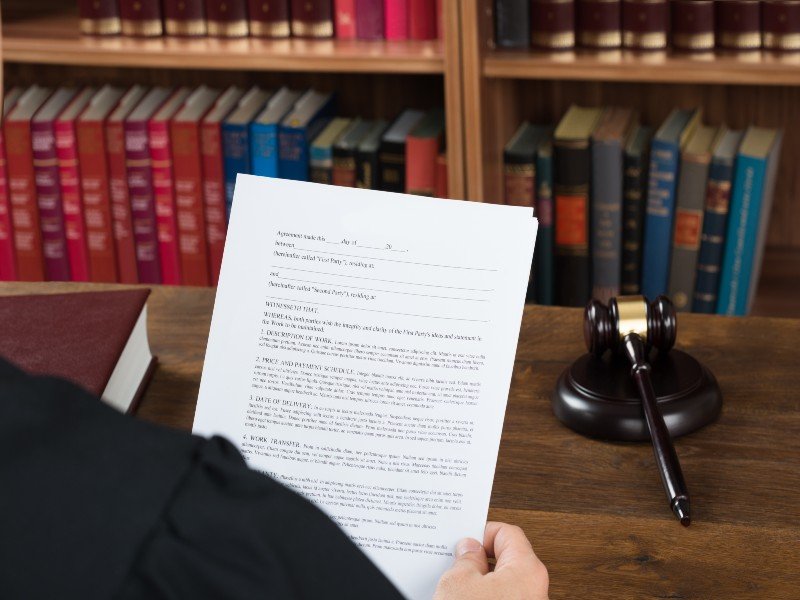
2. Key Provisions of the Act
| Provision | Summary |
|---|---|
| State Custodianship | The state owns all mineral resources; no private ownership allowed |
| Mining Rights and Permits | Companies apply for exploration or mining rights through the Department of Mineral Resources and Energy (DMRE) |
| Social and Labour Plans (SLPs) | Mining companies must commit to community development, job creation, and housing |
| BEE (Black Economic Empowerment) | Requires significant ownership and participation by historically disadvantaged South Africans |
| Environmental Management | Mandates Environmental Impact Assessments (EIAs) and mine closure plans |
| Artisanal and Small-Scale Mining | Recognizes small miners and provides pathways for formalization |
3. Types of Authorizations Under the Act
- Reconnaissance Permission: For initial surveys and sampling
- Prospecting Right: Grants exclusive right to explore for minerals
- Mining Right: Allows commercial extraction after feasibility studies
- Retention Permit: For projects delayed due to market or technical reasons
- Mining Permit: For small-scale operations (up to 5 years)
All rights are registered in the National Register of Mining Rights.
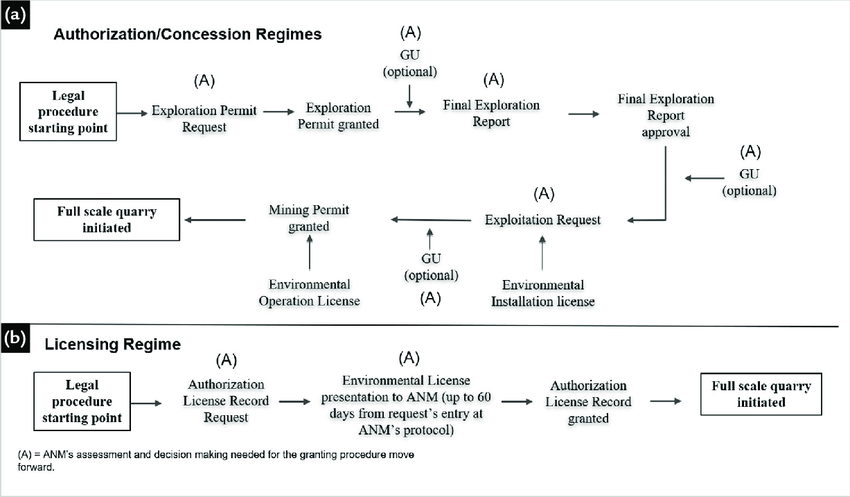
4. Regulatory Authority
The Department of Mineral Resources and Energy (DMRE) is responsible for:
- Issuing and monitoring mining rights
- Enforcing compliance with safety and environmental standards
- Overseeing transformation targets (B-BBEE – Broad-Based Black Economic Empowerment)
- Managing disputes and licensing appeals
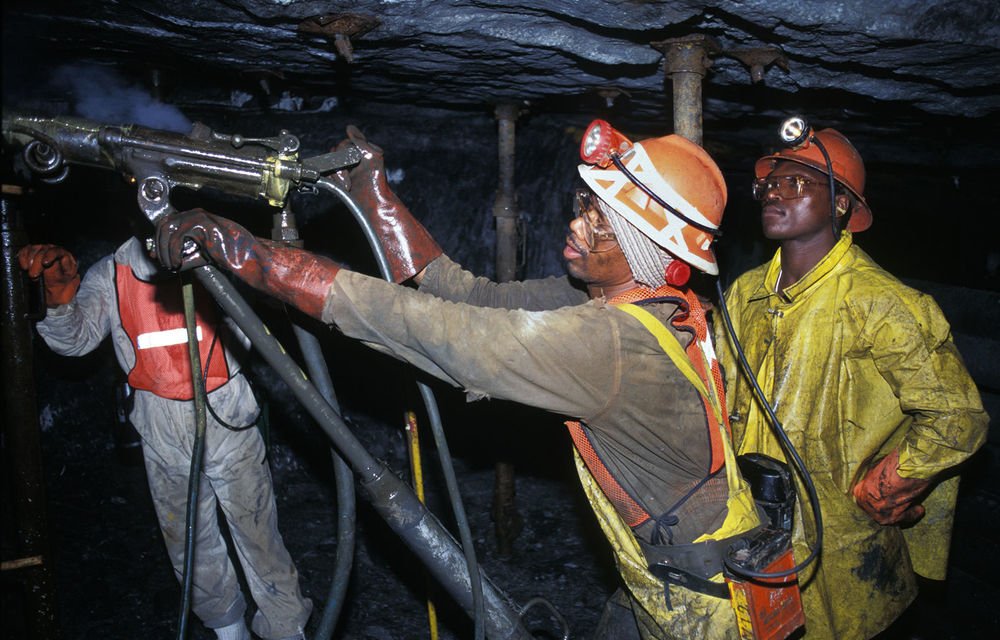
5. Amendments and Related Legislation
The MPRDA has been amended several times, including through:
- Mineral and Petroleum Resources Amendment Act (2008, 2009, 2014)
- Draft Upstream Petroleum Resources Development Bill – for oil and gas alignment
It works alongside other key laws such as:
- Mine Health and Safety Act (MHSA), 1996 – Ensures worker safety
- National Environmental Management Act (NEMA) – Governs environmental protection
- Occupational Health and Safety Act – Workplace standards
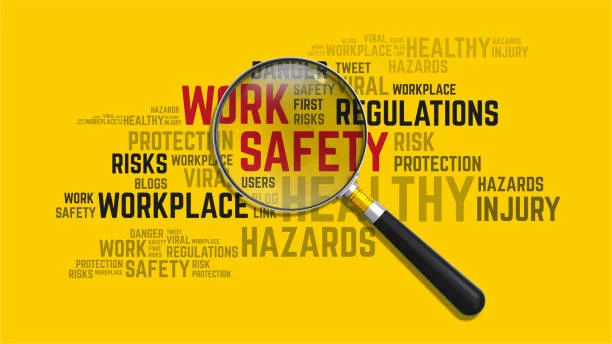
FAQs
Q1: What is the South Africa Mining Act called?
A1: The official name is the Mineral and Petroleum Resources Development Act (MPRDA), No. 28 of 2002.
Q2: Who owns mineral rights in South Africa?
A2: All mineral resources are owned by the state, which manages them for the benefit of all citizens.
Q3: How do companies get mining rights?
A3: By applying to the DMRE for a prospecting or mining right, meeting B-BBEE, environmental, and social requirements.
Conclusion
The South Africa Mining Act (MPRDA) is the cornerstone of the country’s modern mining legal framework. It balances economic growth, equity, and sustainability, ensuring that the nation’s vast mineral wealth contributes to inclusive development, job creation, and long-term environmental responsibility.

